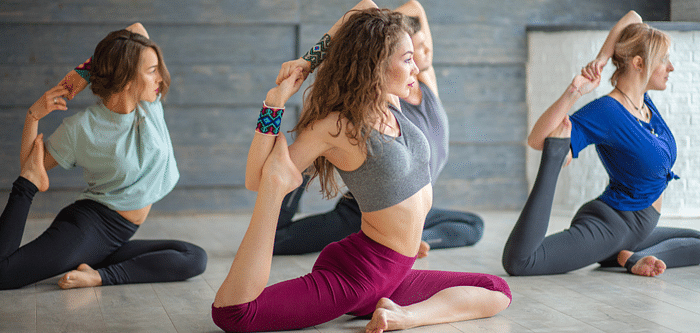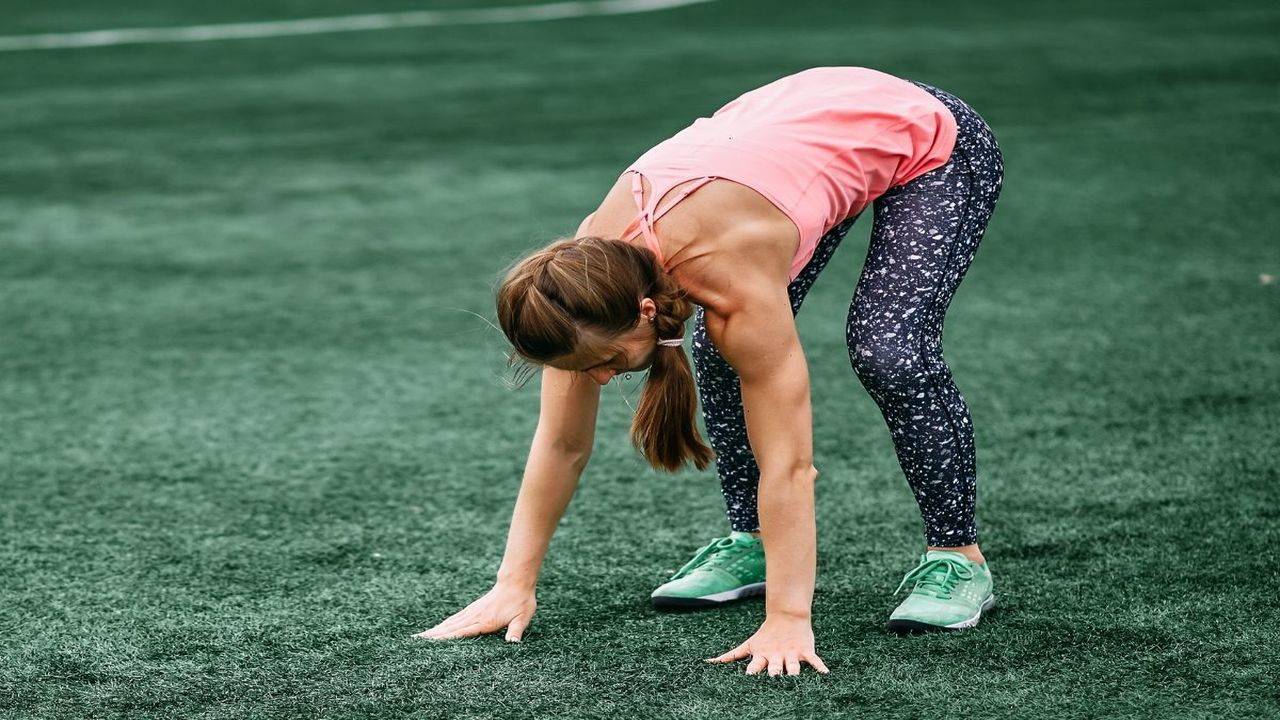When most people think about building muscle, their mind jumps straight to barbells, dumbbells, and big machines that clang and bang in a gym. Resistance bands? They usually don’t even make the list. For a lot of folks, bands look like rehab tools or warm-up toys. But here’s the truth: if you know how to use them, resistance bands can be one of the smartest, cheapest, and most effective muscle-building tools you ever own.
So if you’ve been ignoring them or think they’re just for beginners, let’s change that. Here are 3 real reasons you should invest in resistance bands if you want to pack on more muscle — and how to actually use them the right way.
1. Bands Keep Your Muscles Under Constant Tension
The secret to growing muscle is tension — specifically, keeping your muscles under tension for long enough that they get those micro tears that lead to growth. Free weights rely on gravity. That means, depending on the angle, your muscles sometimes get a break. But bands? They fight you every inch of the way — during the lift and the return.
Why this works:
Think about a bicep curl. With a dumbbell, the hardest part is the middle — when your forearm is parallel to the ground. At the top and bottom, your biceps can relax a bit. With a band, there’s tension at the bottom, max tension at the peak, and tension when you lower it. That constant pull keeps your muscle fibers firing non-stop.
The benefit:
More tension = more muscle fiber recruitment. Your arms, legs, chest, or back have to fight resistance the entire time. That means better pumps and better growth without needing massive weights.
How to use it:
- Wrap a band around your feet for curls.
- Add a band to push-ups for a tougher lockout.
- Loop one around a pole for rows or face pulls.
A band turns a basic move into a serious burn. The best part? It’s easy on your joints because the resistance is smooth — no sudden jolts like dropping a heavy dumbbell too fast.
2. Bands Unlock Crazy Versatility (Anywhere, Anytime)
One huge reason lifters stop training consistently is they “don’t have time” or can’t get to the gym. Resistance bands kill that excuse dead.
Why this works:
Bands weigh almost nothing, take up no space, and fit in any bag. You can train at home, in a hotel, at the park, in your garage — anywhere. No bench? No rack? No problem. All you need is a band and a door anchor or a sturdy pole.
The benefit:
Consistency is the real secret to muscle. Miss too many sessions because you can’t get to the gym and you lose progress fast. Bands make sure you never miss a lift again. You can hit full-body workouts on vacation or add band work to a regular gym session for extra volume.
How to use it:
- Busy week? Do 20 minutes of band exercises at home in your living room.
- Traveling? Bands go in your backpack. Boom, hotel room chest flyes.
- No cable machine? Bands mimic almost every cable move — rows, curls, tricep extensions.
And don’t think it’s all light work. Thick bands can deliver serious resistance — some top out at 150 pounds or more. Combine bands with your body weight and you’ve got a workout that will leave you sore in the best way.
3. Bands Boost Strength On Your Main Lifts
If you’re all about barbell training, you might think, “Cool, but I don’t need bands.” Actually, bands can supercharge your strength on the big lifts too.
Why this works:
Bands add what’s called accommodating resistance. When you lift with free weights, the start is usually the hardest. Take the bench press — the bar’s heaviest off the chest. But near the top, where you’re stronger, the lift gets easier.
Bands change that. As you press, the band stretches and increases resistance at the top where you’re strongest. This forces you to push harder through the entire range of motion.
The benefit:
- You build explosive power for the lockout.
- You strengthen your weak spots.
- You train your nervous system to move the weight faster.
Powerlifters and athletes use banded bench presses, squats, and deadlifts all the time for this exact reason.
How to use it:
- Loop bands over a barbell for squats or bench.
- Hook them to the bottom of a rack for deadlifts.
- Use them for warm-ups — band pull-aparts fire up your upper back before benching.
It doesn’t take much — adding bands once or twice a week to your regular lifts can help break plateaus and teach your body to move heavy weights with more speed and control.
Bonus: Bands Are Joint Friendly
A lot of people don’t talk about this, but it’s huge. Heavy lifting is awesome — but it can hammer your joints over time, especially shoulders, elbows, and knees.
Bands create smooth resistance that gets tougher at the strongest part of the movement. That means less stress where you’re weakest and more work where you’re strongest. It’s like a built-in joint saver.
For anyone recovering from tweaks or looking to train longer without pain, bands can help you keep muscle growing while you give your joints a break from heavy iron.
How To Pick the Right Bands
Not all bands are equal. Those flimsy rehab tubes have their place, but for building muscle, you want durable loop bands that offer real resistance.
What to look for:
- Get a set with multiple thickness levels — light, medium, heavy.
- Look for bands made with high-quality layered latex — they last longer.
- Add a door anchor and handles if you want to mimic cable moves.
Invest once, and you’ve basically bought yourself a portable gym for life.
Quick Starter Band Workout
To show you how effective bands can be, here’s a no-gym-needed muscle routine you can do anywhere.
Upper Body
- Banded Push-Ups: 4 sets of 10-15
- Standing Band Rows: 4 sets of 12
- Band Pull-Aparts: 3 sets of 15-20
- Overhead Band Tricep Extensions: 3 sets of 12
- Banded Bicep Curls: 3 sets of 12
Lower Body
- Banded Squats: 4 sets of 15
- Banded Deadlifts: 4 sets of 12
- Banded Glute Bridges: 4 sets of 15
Add slow reps, pause at the peak, and keep the tension. You’ll feel it, guaranteed.
Final Thoughts
Are resistance bands magic? No. But they are one of the smartest tools you can add to your muscle-building arsenal. They keep your muscles under tension, let you train anywhere, and even boost your big lifts — all without crushing your joints.
So, if you’ve been skipping bands because they “look too easy,” it’s time to rethink that. Invest in a good set, learn to use them right, and watch how they change your workouts — at home, in the gym, or wherever life takes you.










